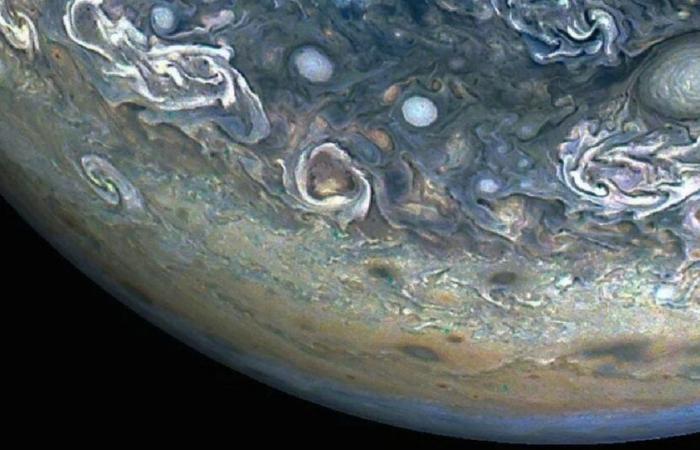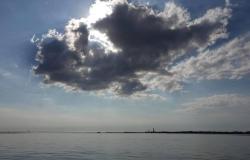Jupiter is an amazing planet. NASA's Juno probe has managed to capture an image worthy of a science fiction film on the surface of Jupiter…
A mind-blowing image captured on the surface of Jupiter© NASA
The rest after the ad
Launched in 2011, the Juno probe was sent by NASA to Jupiter to study one of the most fascinating planets in the solar system. Launched into orbit only in 2016, the mission allowed scientists to see beneath Jupiter's dense cloud cover for the first time, with the aim of learning more about the formation and evolution of the planet.
>> The UK's oldest satellite has been moved and no one knows how or why… But there is a suspect! <<
Thanks to the Juno probe, scientists were able to obtain an unprecedented view of the entire Jupiter system, including Jupiter's interior, atmosphere, magnetosphere and moons, as stated by researcher Marissa Vogt in an interview with Boston University. Additionally, the mission gave us several incredible images of Jupiter, which look more like watercolor paintings.
A dolphin on the surface of Jupiter
Among all the photos of the gas planet, one stands out for a rather unusual reason. In this photo, a group of clouds, which often represent Jupiter's storms, have formed the image that resembles the silhouette of a dolphin that appears to be swimming along the southern temperate belt.
With a diameter of 142,984 kilometers, Jupiter is the largest planet in the solar system, both in terms of diameter and mass, which is intriguing since it is a gas giant. Researchers believe the planet is mostly hydrogen, some helium, and traces of methane, water, ammonia, and “rock.”
>> An astronaut takes a photo of the Earth for 30 minutes straight, we don't even recognize our planet! <<
This is why the planet's atmosphere is extremely dynamic, with massive storms and intense winds constantly. Moreover, the dolphin may have ceased to exist a few seconds after the photo was taken. But it is interesting because these complex atmospheric interactions can unintentionally create images that remind us of objects or beings that are common to us here on Earth.
>> The Chinese rover Zhurong has just discovered new proof of the presence of a large ocean on Mars! <<
The phenomenon that explains these associations that we make is pareidolia, which is also very common when we observe clouds on our planet. This phenomenon is due to the fact that our brain perceives patterns or meanings in stimuli, usually visual.
Article written in collaboration with IGN Brazil.







